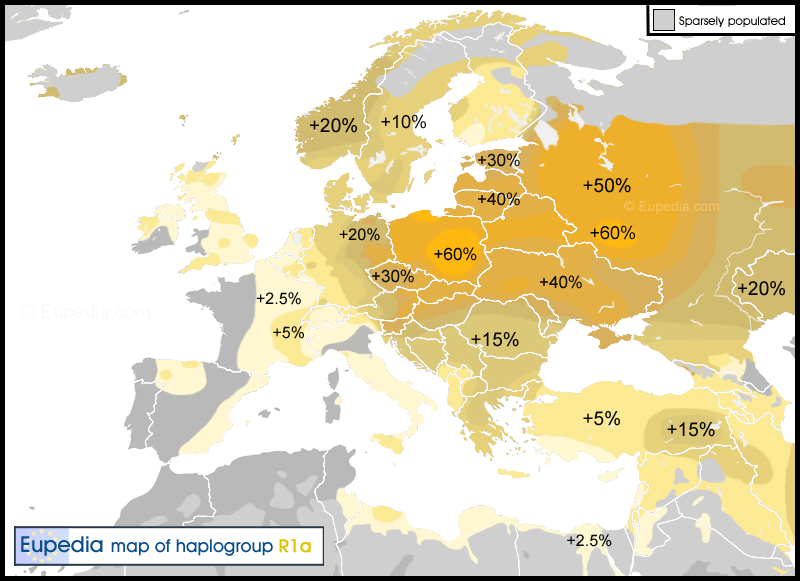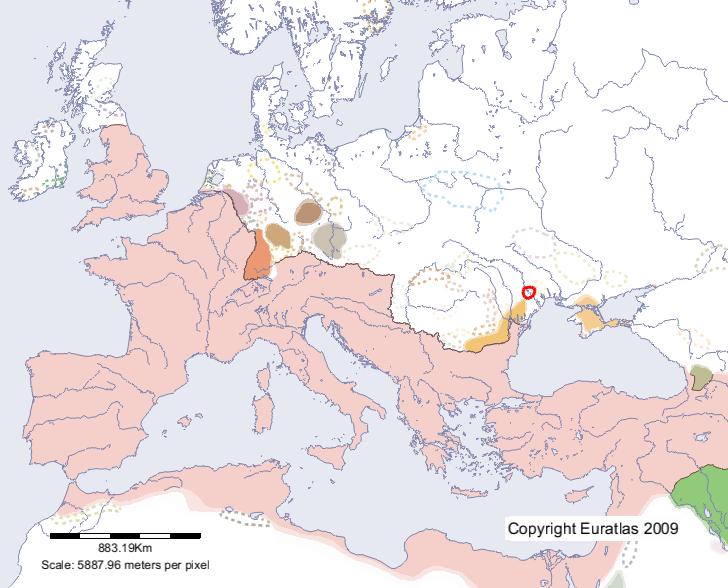zanipolo
Banned
- Messages
- 2,071
- Reaction score
- 65
- Points
- 0
- Ethnic group
- Down Under
- Y-DNA haplogroup
- T1a2 - Z19945
- mtDNA haplogroup
- K1a4o
yes, but that doesnot exclude them for being Celtic in culture....
if 2 of 3 brothers are considered Celtic, what is 3rd brother?
regarding your earlier post that Galicia in Ukraine is not related to Celts...
this is Galicia

consider map based on archeologic finds of Celts

or look at you tube video that summarizes presence of Celts in Ukraine
http://www.youtube.com/watch?v=T2X99a4YkpQ
this is I2a hotspot in Ukraine...
so I2a Din in Ukraine is probably Celtic related....
Illyrians and Scordisci were Celtic I2a-Din in Balkans...
Serbs come from Serdi that are originally Celtic but became thrachanized....
as for Scirii, Skiroi is among little Venti, so they are not Germanic but Venethi in origin...
regarding little Venti, I need to add two more mappings to tribes...
"Circius or Thrascius, the north-north-west wind"
NNW Thrascius is Trausi
http://en.wikipedia.org/wiki/Trausi
"Apeliotes, sometimes known to the Romans as Apeliotus, was the Greek deity of the southeast wind."
SE wind Apeliotes -> Apuli
http://en.wikipedia.org/wiki/Apuli
Venetic is italic language influenced by their neighbours Venethi and developed in region settled by R1a Venethi...that's why it is called Venetic...
it is not core settlement of Venethi race.... small tribal names and place names are always according to big tribal name not in their core areas but where their ethicity sets them apart from surrounding...


for me case is closed....
early Slavs were indeed of Venethi race...
their name comes from free (slobodni) Venethi and Venethi is umbrella term for Thracians, Dacians, Moesians and north Dalmatia tribes....
those are free Dacians, joined by free Thracians and other related people of Venethi race...
as for Basternae or Peucini, they are Getho-Dacian people, hence part of Venethi complex
their name might come from "Pecina" = cave
look at link , date textiles and other stuff from 1050BC in italy for venetic people
http://www.academia.edu/497066/Text...1050_BC_-_AD_25_a_reappraisal_of_the_evidence
you saying the SLAVS where in italy in 1050BC....yes or no?
The bastanae are the proto-slavs...all history migration , land area, home territory, mixture with scythians and sarmatians...ALL indicate these Bastanae are the ONLY plausible and logical people that could be slavs.......UNLESS the SLAVS came in with the Scythians
There is plenty more on the venetics in Italy
http://www.ucl.ac.uk/archaeology/people/research/perego
http://ucl.academia.edu/ElisaPerego/Talks





